Posted by Brent Modzelewski on January 1, 2020
Corkage
The origin of the elegant stopper.
Corks are made from the bark of a cork tree. Yes, it is actually called a cork tree.
The origin of cork trees trace back to the Mediterranean Basin, where they continue to be grown today.
Most of the wine corks today come from Portugal.
Cork tree farms have been in cork farmer families for generations and generations, because the trees can live for hundreds of years.
The bark is harvested from the tree about once per decade, giving the tree plenty of time to recover and regrow healthy cork bark.
Although the cork tree is smaller than you may imagine, the bark is quite thick and needs this time to fully regrow.
Cork bark is harvested from the tree by carefully stripping the bark.
The tree huggers of the world can REJOICE, skilled workers are able to strip the bark leaving the tree unharmed.
To this day, cork is still harvested by hand. It is a very delicate process that no machinery has been able to replicate.
Farmers take very good care of the trees, meticulously stripping the bark while be sure not to crack the inner layer of the tree, which would damage the tree.
Wine Nerd Fact Information
There are more than one type of cork stopper found in wine bottles today.
Compare the corks from an expensive bottle and an inexpensive bottle of wine.
What will you find? The expensive bottle of wine will likely have a cork that is a singular piece of natural cork harvested from a tree.
Whereas the inexpensive bottle will most like have a composite cork made from bits and pieces of cork "magically" fused together.
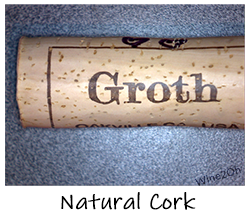
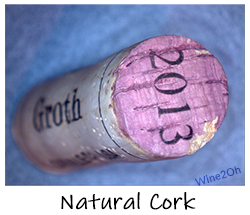
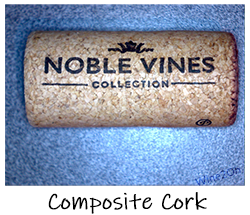
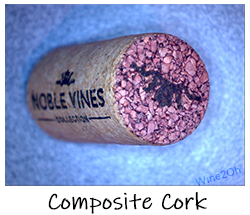
Synthetic "corks" are also not uncommon for both moderately priced and inexpensive wines. This type of cork is constructed of an inner synthetic layer and an outer synthetic layer of different durometers (squishiness).
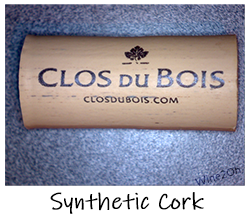
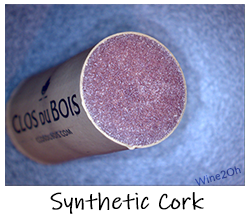
Screw caps are very popular, especially on white and rose wines. Although not as elegant as a cork, or even a synthetic cork, screw caps do seal the bottle quite well. And are great for resealing an unfinished bottle of wine.
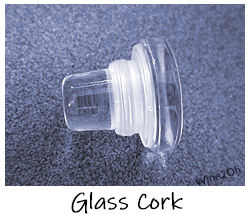 Glass corks are another wine bottle stopper you will see. However, these are not quite as popular as they once were so unlikely you will find these with any regularity.
Glass corks are another wine bottle stopper you will see. However, these are not quite as popular as they once were so unlikely you will find these with any regularity.






 Glass corks are another wine bottle stopper you will see. However, these are not quite as popular as they once were so unlikely you will find these with any regularity.
Glass corks are another wine bottle stopper you will see. However, these are not quite as popular as they once were so unlikely you will find these with any regularity.
Copyright Great Meadow Products, LLC. All rights reserved.
